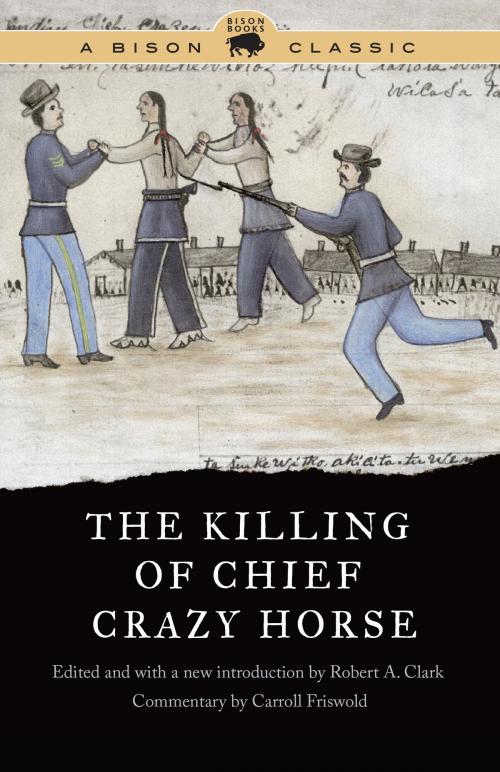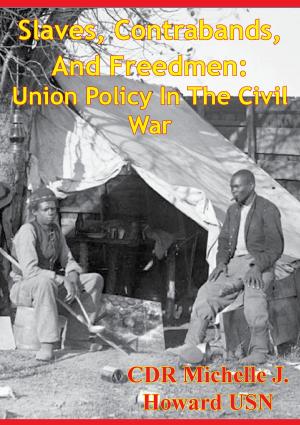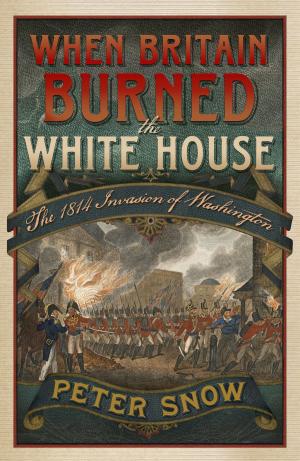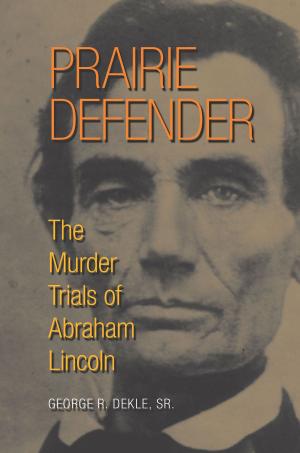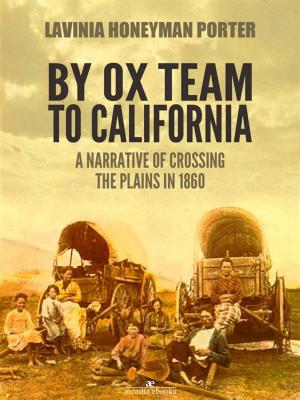The Killing of Chief Crazy Horse
Nonfiction, Social & Cultural Studies, Social Science, Cultural Studies, Native American Studies, History, Americas, United States, 19th Century| Author: | ISBN: | 9781496205261 | |
| Publisher: | UNP - Bison Books | Publication: | August 1, 2018 |
| Imprint: | Bison Books | Language: | English |
| Author: | |
| ISBN: | 9781496205261 |
| Publisher: | UNP - Bison Books |
| Publication: | August 1, 2018 |
| Imprint: | Bison Books |
| Language: | English |
The Killing of Chief Crazy Horse is a story of envy, greed, and treachery. In the year after the Battle of the Little Big Horn, the great Oglala Sioux chief Crazy Horse and his half-starved followers finally surrendered to the U.S. Army near Camp Robinson, Nebraska. Chiefs who had already surrendered resented the favors he received in doing so. When the army asked for his help rounding up the the Nez Percés, Crazy Horse’s reply was allegedly mistranslated by Frank Grouard, a scout for General George Crook. By August rumors had spread that Crazy Horse was planning another uprising. Tension continued to mount, and Crazy Horse was arrested at Fort Robinson on September 5. During a scuffle Crazy Horse was fatally wounded by a bayonet in front of several witnesses.
Here the killing of Crazy Horse is viewed from three widely differing perspectives—that of Chief He Dog, the victim’s friend and lifelong companion; that of William Garnett, the guide and interpreter for Lieutenant William P. Clark, on special assignment to General Crook; and that of Valentine McGillycuddy, the medical officer who attended Crazy Horse in his last hours. Their eyewitness accounts, edited and introduced by Robert A. Clark, combine to give The Killing of Chief Crazy Horse all the starkness and horror of classical tragedy.
The Killing of Chief Crazy Horse is a story of envy, greed, and treachery. In the year after the Battle of the Little Big Horn, the great Oglala Sioux chief Crazy Horse and his half-starved followers finally surrendered to the U.S. Army near Camp Robinson, Nebraska. Chiefs who had already surrendered resented the favors he received in doing so. When the army asked for his help rounding up the the Nez Percés, Crazy Horse’s reply was allegedly mistranslated by Frank Grouard, a scout for General George Crook. By August rumors had spread that Crazy Horse was planning another uprising. Tension continued to mount, and Crazy Horse was arrested at Fort Robinson on September 5. During a scuffle Crazy Horse was fatally wounded by a bayonet in front of several witnesses.
Here the killing of Crazy Horse is viewed from three widely differing perspectives—that of Chief He Dog, the victim’s friend and lifelong companion; that of William Garnett, the guide and interpreter for Lieutenant William P. Clark, on special assignment to General Crook; and that of Valentine McGillycuddy, the medical officer who attended Crazy Horse in his last hours. Their eyewitness accounts, edited and introduced by Robert A. Clark, combine to give The Killing of Chief Crazy Horse all the starkness and horror of classical tragedy.
